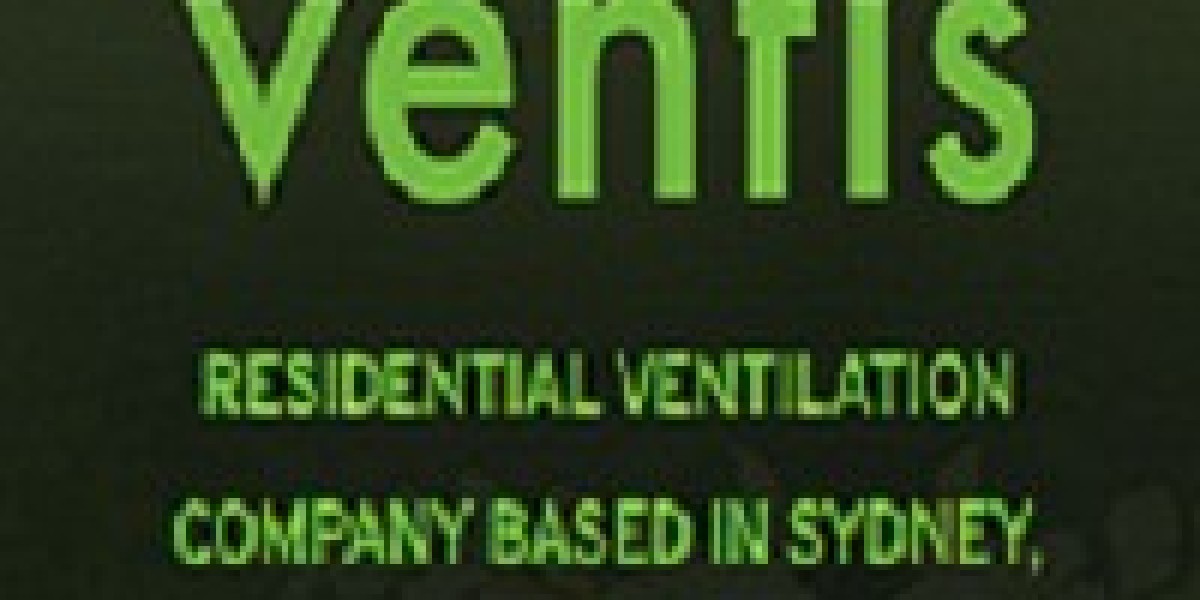Introduction:
Indoor air quality (IAQ) is a critical aspect of any living or working environment, yet it's often overlooked. Poor IAQ can lead to a range of health issues, including respiratory problems, allergies, and even more severe conditions over time. One commonly neglected area that significantly impacts IAQ is the subfloor. Moisture buildup, mold growth, and stagnant air can create a breeding ground for various pollutants. Subfloor ventilation fans emerge as a vital solution to address these concerns effectively.
Understanding Subfloor Ventilation:
Subfloor ventilation systems consist of strategically placed fans that facilitate airflow underneath a building's floor. These fans work to expel damp, stale air while drawing in fresh, dry air from outside. By maintaining proper ventilation, these systems mitigate moisture buildup and prevent the growth of mold and mildew, thus improving IAQ.
Types of Subfloor Ventilation Fans:
1. **Mechanical Ventilation Fans**: These fans are powered by electricity and are typically installed to ensure continuous airflow in the subfloor space. They can be placed either in the subfloor itself or at entry and exit points to facilitate air movement.
2. **Passive Ventilation Fans**: Unlike mechanical fans, passive ventilation relies on natural airflow. These fans are often integrated into the building's design, utilizing vents and ducts to encourage air circulation. While they may be less powerful than their mechanical counterparts, passive fans are energy-efficient and suitable for certain building configurations.
Benefits of Subfloor Ventilation Fans:
1. **Moisture Control**: Excessive moisture in the subfloor can lead to various issues, including rotting of wooden structures and the proliferation of mold. Subfloor ventilation fans effectively remove moisture, maintaining optimal humidity levels and preserving the integrity of the building's foundation.
2. **Mold Prevention**: Mold growth not only compromises IAQ but also poses significant health risks. Proper ventilation inhibits mold formation by reducing moisture levels, thereby safeguarding the health of occupants and prolonging the lifespan of the building.
3. **Improved IAQ**: Stagnant air in the subfloor can become laden with pollutants, allergens, and odors. Ventilation fans ensure the continuous exchange of indoor and outdoor air, diluting pollutants and maintaining a fresh, healthy environment indoors.
4. **Energy Efficiency**: While ventilation fans consume energy, they contribute to overall energy efficiency by preventing the need for excessive dehumidification and reducing the workload on HVAC systems. Proper ventilation can lead to long-term cost savings on energy bills.
5. **Structural Integrity**: By controlling moisture levels, subfloor ventilation fans help preserve the structural integrity of the building. Damp conditions can compromise the strength of materials over time, leading to costly repairs and renovations.
Installation Considerations:
When installing subfloor ventilation fans, several factors must be considered to ensure optimal performance:
1. **Placement**: Fans should be strategically positioned to facilitate airflow throughout the entire subfloor space. This may require a thorough assessment of the building's layout and structural characteristics.
2. **Sizing**: The size and capacity of ventilation fans should be appropriate for the size and configuration of the subfloor area. Undersized fans may not effectively remove moisture, while oversized fans can lead to unnecessary energy consumption.
3. **Ventilation Design**: The layout of vents and ducts plays a crucial role in promoting airflow. Proper design considerations, such as the placement and size of vents, can maximize the efficiency of subfloor ventilation systems.
4. **Moisture Barriers**: In addition to ventilation fans, moisture barriers may be installed to prevent groundwater ingress and further reduce moisture levels in the subfloor.
Maintenance and Monitoring:
Regular maintenance and monitoring are essential to ensure the continued effectiveness of subfloor ventilation systems:
1. **Cleaning**: Fans and vents should be cleaned periodically to remove dust, debris, and any obstructions that may impede airflow.
2. **Inspections**: Routine inspections of the subfloor area can help identify potential issues such as water leaks or mold growth, allowing for timely intervention.
3. **Monitoring Humidity Levels**: Monitoring humidity levels in the subfloor can provide valuable insights into the performance of ventilation systems. Humidity sensors may be installed to alert occupants to any deviations from optimal levels.
Conclusion:
Subfloor ventilation fans play a crucial role in maintaining optimal IAQ and preserving the integrity of buildings. By effectively controlling moisture levels, preventing mold growth, and promoting airflow, these systems create a healthier and more comfortable indoor environment. Proper installation, maintenance, and monitoring are essential to ensure the continued functionality and efficiency of subfloor ventilation systems, ultimately benefiting the health and well-being of occupants for years to come.








